| Tuesday, November 16, 2021 | |
From Reactive to Predictive: Smart Manufacturing in the Semiconductor Industry – The MADEin4 Initiative |
|
| 10:00 | Opening remarks by Marek Kysela, Senior Coordinator, SEMI Europe |
| 10:05 | Introduction to the MADEin4 project: Metrology Advances for Digitized ECS Industry 4.0 |
Olaf Kievit, Senior Business Developer, TNO Introduction to the MADEin4 project: Metrology Advances for Digitized ECS Industry 4.0
 Abstract Biography |
|
| 10:20 | MetalJet – a New Key Module for Enhanced Metrology Capabilities |
Simona Laza, Research Project Manager, Excillum AB MetalJet – a New Key Module for Enhanced Metrology Capabilities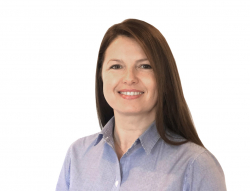
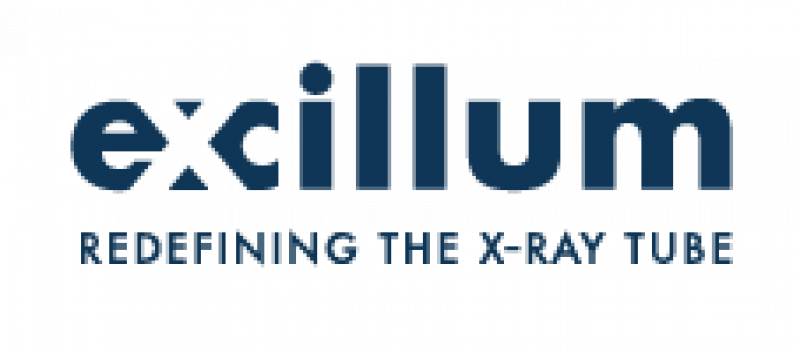 Abstract Fig 1. History of X-ray sources Fig 2. Liquid Metal Jet Anode X-ray source Fig 3. Brightness of X-ray sources Biography |
|
| 10:40 | Advances in X-ray Metrology under MADEin4 |
Juliette van der Meer, Product Marketing Manager, Bruker Advances in X-ray Metrology under MADEin4
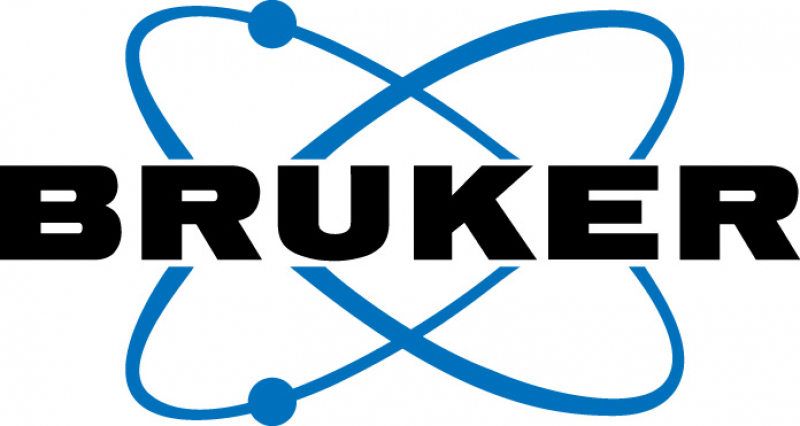 Abstract Biography |
|
| 11:00 | Privacy Preserving Amalgamated Machine Learning (PAML) in the Fab, and machine learning workflow in the MADEin4 project |
Thomas Ashby, Senior Research Engineer, IMEC vzw Privacy Preserving Amalgamated Machine Learning (PAML) in the Fab, and machine learning workflow in the MADEin4 project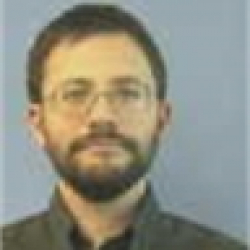
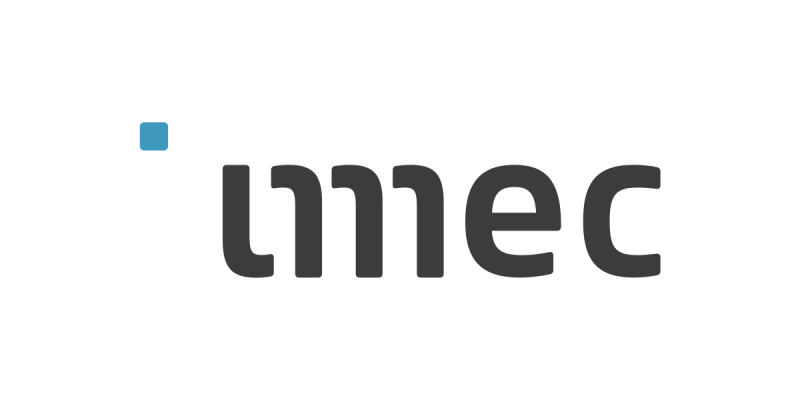 Abstract Biography |
|